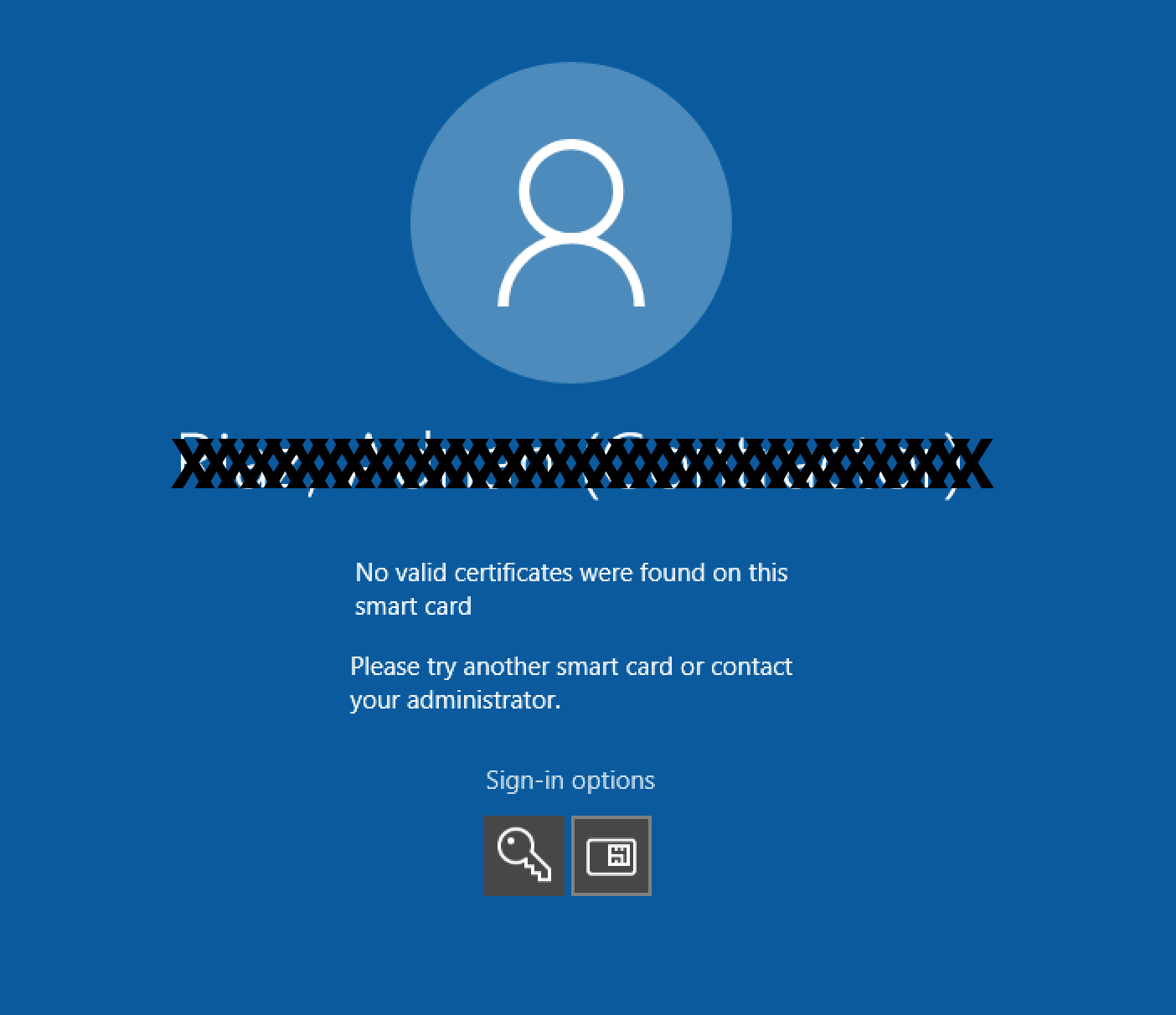OpenSSH has a possibility to read public key from a smart card and let it do operations with a private key without exposing the key itself. This means that the private key doesn't leave the card. A smart card is handled by a shared library, which you need to provide to the `ssh command, so the client will know how to communicate with the card. The smartcard contains a key pair composed by a private key and a public key wrapped into a X509 certificate. It is possible to export the certificate and copy to your laptop but to identify, sign or decrypt it is necessary to use the private key. The private key is usually generated on the smartcard. Mar 12, 2014 Generate self signed digital certificate, export it to PFX File and import it to Aloaha Smart Card.
- Install Smart Card Certificate
- Generate A Key And A Certificate Smart Card Account
- View Smart Card Certificate
Install Smart Card Certificate
Cockpit can use TLS client certificates for authenticating users. Commonly these are provided by a smart card, but it's equally possible to import certificates directly into the web browser. This requires the host to be in an Identity Management domain like FreeIPA or Active Directory, which can associate certificates to users. Once your smart card software is installed and operational, go to the Microsoft CA Server page to generate a private key and personal certificate. In this configuration example, a Schlumberger smart card is used. To generate and load a private key and personal certificate from a Microsoft CA, perform the following steps.
Because the security of public-key cryptography (including certificate and public-key authentication) relies heavily on the confidentiality of the private key, it is important to keep the private key secure. If the private key is stored for example on the local hard drive, it is very important that only the intended user has read access to the private key. If someone could obtain the private key, they could potentially mount a brute-force or a dictionary attack to discover the passphrase of the private key, and security would be void.


If the security of the machine on which public-key or certificate authentication is used cannot be guaranteed, or if a higher level of security is desired, the private key (and any public keys or certificates) can be stored on a smart card or another two-factor authentication token.
Storing the private key and public key or certificate on a smart card can also be convenient if a user uses many different machines to connect from. Storing a copy of the key pair on each machine is often not desirable and transporting the key pair on a floppy disk or other easily damaged or copied media may not be convenient or secure. A smart card could be used in this type of scenario to store the private key and certificate or the public key, and none of the secret key material would need to be stored on the client computers.
In SSH Tectia Client and Connector 5.x, the Connection Broker component can be used as a key provider for accessing keys and certificates from disk files and hardware cryptographic devices. It can also be used as an authentication agent to store passphrases for key pairs.
Copyright 2007 SSH Communications Security Corp.
This software is protected by international copyright laws. All rights reserved.
Contact Information
For added security, you can configure a Connection Server instance or security server so that users and administrators can authenticate by using smart cards.
Non-active windows are many problems that make your PC slow and hang up issues. W8 unique product key generator. It makes your windows registered.
Generate A Key And A Certificate Smart Card Account
A smart card is a small plastic card that contains a computer chip. The chip, which is like a miniature computer, includes secure storage for data, including private keys and public key certificates. One type of smart card used by the United States Department of Defense is called a Common Access Card (CAC).
With smart card authentication, a user or administrator inserts a smart card into a smart card reader attached to the client computer and enters a PIN. Smart card authentication provides two-factor authentication by verifying both what the person has (the smart card) and what the person knows (the PIN).
See the Horizon 7 Installation document for information about hardware and software requirements for implementing smart card authentication. The Microsoft TechNet Web site includes detailed information on planning and implementing smart card authentication for Windows systems.
View Smart Card Certificate
To use smart cards, client machines must have smart card middleware and a smart card reader. To install certificates on smart cards, you must set up a computer to act as an enrollment station. For information about whether a particular type of Horizon Client supports smart cards, see the Horizon Client documentation at https://docs.vmware.com/en/VMware-Horizon-Client/index.html.